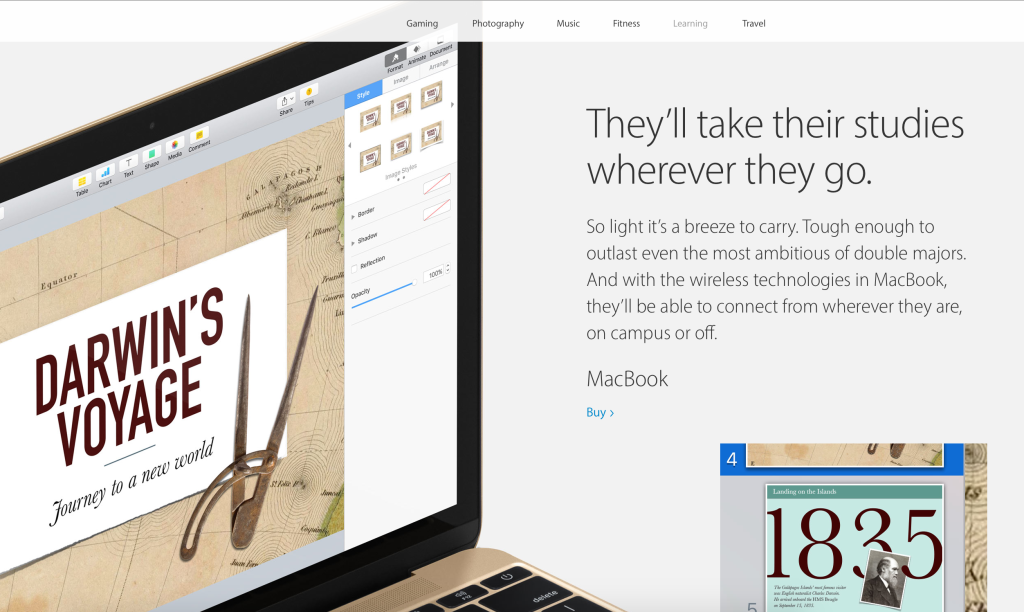SELLING YOUR STUFF TO OTHER HUMANS IS HARD.
(Caps required.)
It’s hard for a number of reasons, but one of the biggest reasons is because nobody really knows what to say. We’re all filled with a million different ugly little self-doubts floating around our nervous little brains.
What should the headline say?
Do I emphasize this feature or that one?
What’s going to really hook ’em?
Will they think the price is too high?
Most people who have a business, or a product, or a service, take the information and try to fit all the details onto one sales page / one website / one in-person mouth vomit—anything and everything that could be said, gets said, so they don’t “miss anyone” and they “cover their bases.” Why be selective when we can say EVERYTHING! (Exclamation point very much in jest.)
As you can imagine, things can get pretty noisy. Next thing you know, you’re making people have to *work* to try and wade through the information to figure out if your business / service / product is for them. Hint: Forcing prospects to have to figure it out is never a good marketing strategy.
But, what if you knew exactly what you needed to say to get the sale? What if you knew exactly how to make your customers respond positively? What if you knew what would drive them crazy with desire?
It’s called positioning, and for once I’m not talking about the Kama Sutra.
I’m sure you’ve heard this term before. “Packaging” and “positioning” are two terms that get thrown around a lot in the marketing world. Positioning is the art of taking a product and crafting a message around it that’s designed to appeal to the right people. Most people have trouble with this because they say, “But what if my customers aren’t all the same? How do I do appeal to everyone?” But that’s the point of positioning: You don’t have to have just one. A position is the way the product is presented…and guess what?
You can have more than one presentation.
For example, I just got an email from Apple the other day titled, “Great gifts for whatever they’re into.” Then, when I opened the email, it had different subsections:
Find Gaming Gifts
Find Photography Gifts
Find Music Gifts
Find Fitness Gifts
Find Learning Gifts
Find Travel Gifts
When I click into any one of those, I go to a dedicated landing page especially for the photography lover, or the music lover, or the travel lover. And guess what?
Apple doesn’t sell different products for every kind of person.
They sell the same products, positioned differently.
Take the Macbook Pro.
For musicians, here’s the description:
For photographers, here’s the description:
For learners, here’s the description:
This seems obvious when you see it in this context, but how obvious is it to you with your own stuff? How often do you position yourself in different ways? How often do you create dedicated landing pages, for example, so you can speak directly to the people who need to feel seen?
Same product, different position, big difference.
And while Apple does have one big fancy landing page for the Macbook Pro, they don’t leave it at that. They don’t require their buyers to figure out how a Retina display might benefit them personally, or determine why they should care about a quad-core Intel processor. Instead, they use landing pages like these to translate it for them.
And that’s just not positioning.
That’s humanizing.
And really? Being more human about anything is the easiest way to make a hard thing…less.




